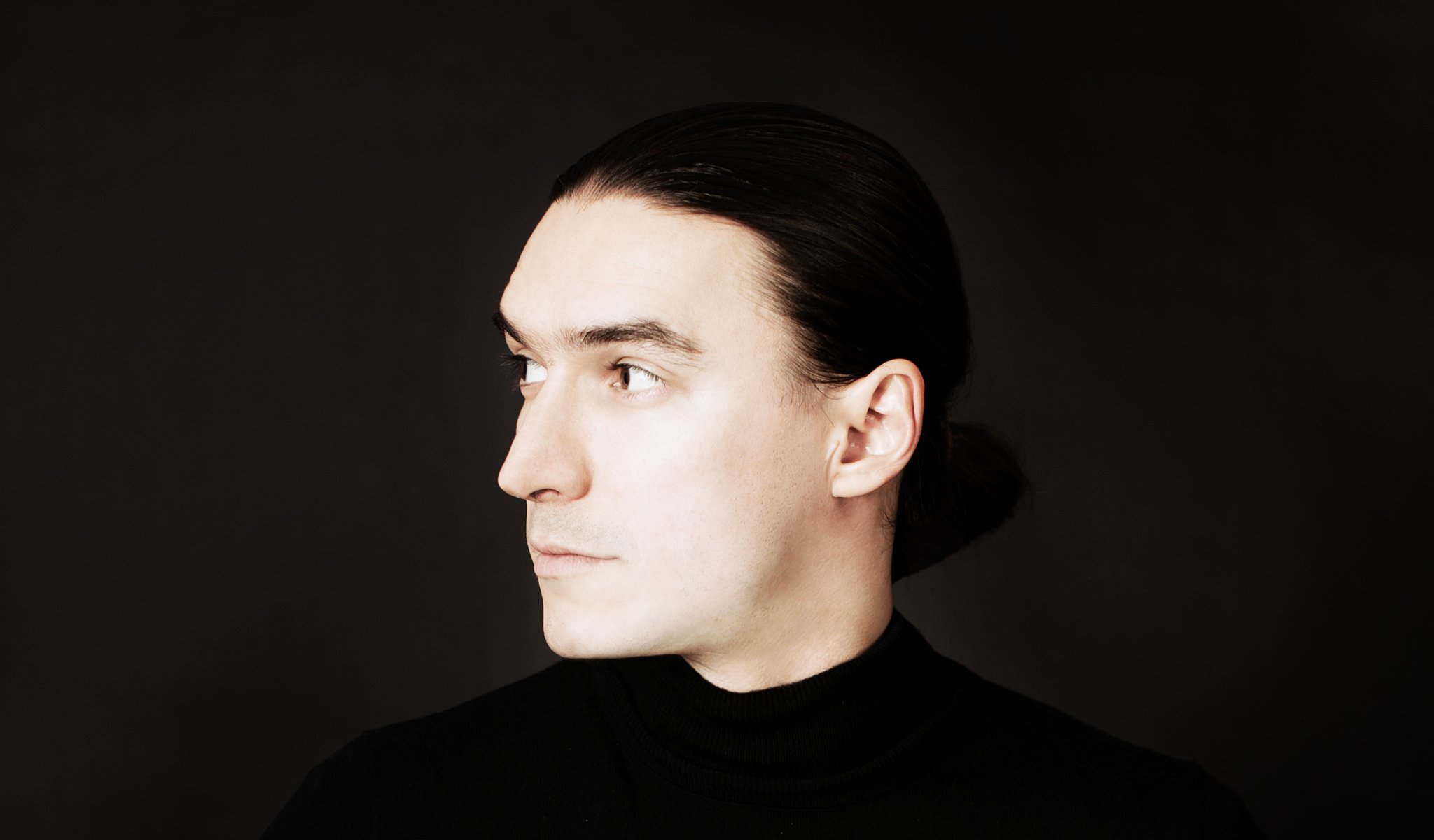

Program
Antonio Vivaldi (→ bio)
Concerto for Strings in C major, RV 114
Giovanni Battista Pergolesi
Orfeo – Cantata, P. 115
Luigi Boccherini (→ bio)
Cello Concerto No. 6 in D major, G. 479
Interval
Baldassare Galuppi (→ bio)
Concerto Grosso No. 4 in C minor
Wolfgang Amadeus Mozart (→ bio)
Divertimento No. 2 in B-flat major, K. 137
Niccolò Jommelli
Didone abbandonata (Dido Abandoned) – Cantata
Featuring
Artistic director
Soloist
- Lore Binon (soprano)
- Sergey Malov (baroque violin and violoncello da spalla)
Baroque gestures
Other information
The event is about 2.5 hours long.
About the event
A very special instrument, musical curiosities, a beautiful voice and Baroque gestures – all this will be on offer at the concert of the Budapest Festival Orchestra’s historic ensemble. This time, the musicians playing period instruments will be led by Russian-Hungarian Sergey Malov, who has won prizes at the Leipzig Bach Competition, the Paganini Competition in Genoa and the Mozart Competition in Salzburg. He plays not only the modern violin, the viola and the Baroque violin, but also the violoncello da spalla, which is a small cello played against the shoulder. The other unique instrument will be Lore Binon: the young soprano considers herself a musical instrument, exhibiting, according to reviewers, a breathtaking voice. The historical atmosphere will be visually enhanced by Sigrid T'Hooft, one of the foremost experts on Baroque gesture, who has worked regularly with the BFO since 2011.
Vivaldi composed almost 60 concertos for string orchestra alone, with no solo part. In his concerto in C major, the Italian composer embraces a number of French characteristics. These include the dotted rhythms that populate the opening movement, or the chaconne in the finale, a series of variations elaborated over a steady bass. Between the two, there is a passage of only two chords providing an opportunity for the violin to improvise.
Pergolesi, famous for his Stabat Mater, composed his Cantata briefly recounting the story of Orpheus and Eurydice and consisting of two recitatives and two arias, shortly before his death at the age of twenty-six. Instead of the vocal virtuosity typical of the era, the composer achieved a wonderful unity between the vocal and orchestral parts. The work is characterized by bold chromaticism and forward-looking harmonic turns, anticipating Mozart.
Some think Boccherini was the greatest cellist of all time. This assumption is based on the challenges the composer’s 12 cello concertos pose. In his concerto in D major, published in 1770, Boccherini masterfully contrasts high and low registers. The soloist, often soaring into violin-like heights, can shine not only in the brisk outer movements but also in the serene Adagio.
Concerti a quattro – this is the genre of Galuppi’s four-part concertos. The pieces composed for two violins, a viola and a cello create a bridge between the Baroque trio sonata and the classical string quartets. The four parts are absolutely equal, including the bass, which at the time usually had only an accompanying role. The composition blends chamber intimacy with gestures of orchestral pieces.
Following the first divertimento in November and the third in March, the middle piece of Mozart's first three divertimentos will be performed. The composer is pushing boundaries while looking for opportunities to surprise the audience. Extreme dynamic shifts, huge interval leaps, unexpectedly darkening to a minor key, an opening movement with a moderate rather than a fast tempo, the abandonment of the minuet, and a melodically generous finale indicate that sixteen-year-old Mozart had now become a mature and independent composer.
The story of Dido and Aeneas was highly popular in the arts in the 17th and 18th centuries. Niccolò Jommelli depicted the story of the Queen of Carthage in both a cantata and a three-act opera Dido's virtuoso part remains passionate and personal even in the recitatives, while the orchestra magnificently underscores scenes such as the burning of Carthage.
Did you know? Vivaldi’s Concerto was composed between 1717 and 1736. Pergolesi's Cantata was composed circa 1735. Boccherini’s Cello Concerto debuted in 1770. Galuppi composed his Concerto Grosso around 1740. Mozart composed his Divertimento in 1772. Jommelli’s opera premiered in Rome on January 28, 1747. The BFO performed Galuppi’s Concerto Grosso most recently on October 23, 2016 (concertmaster: Midori Seiler); it played Mozart’s Divertimento most recently on October 28, 2018 (concertmaster: János Pilz); this will be the BFO’s first performance of the other pieces.
Contemporary events: Maria Theresa married Francis of Lorraine on February 12, 1736 / German composer George Frideric Handel’s Italian-language opera seria Alcina premiered at Covent Garden in London in 1735 / Captain James Cook of England completed the circumnavigation of New Zealand in 1770 / German composer Carl Philipp Emanuel Bach composed his Fantasia in D minor H. 224 in 1770 / The publication of The Great Encyclopedia of France was completed in 1772 / The first partition of Poland was concluded in 1772 between Russia, Prussia and Austria / Italian painter Canaletto created his painting of Venice - the Molo with Santa Maria della Salute in 1740 / Scottish philosopher David Hume published his work Treatise of Human Nature in 1740 / Prussian King Frederick II provided a musical theme in 1747 for which Johann Sebastian Bach had to improvise a fugue; it later became the piece Musikalisches Opfer